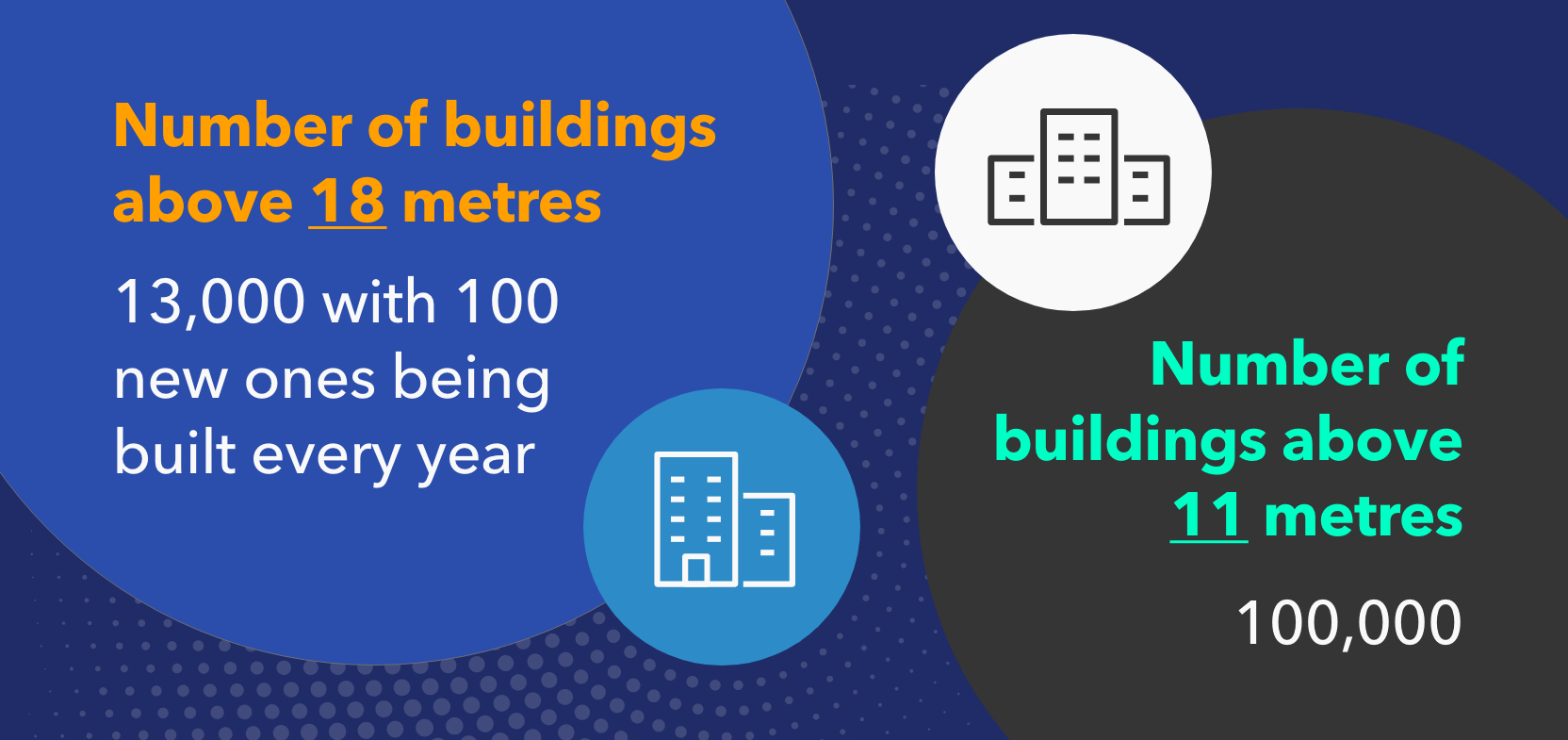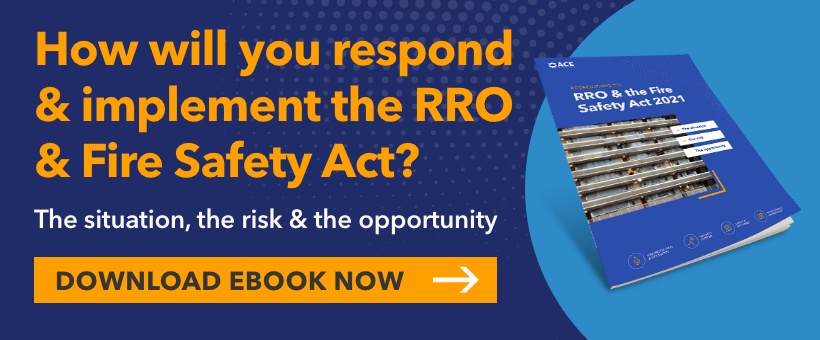Grenfell was a tragedy that could have been avoided. The human cost of the disaster, which unfolded in one of the UK’s richest boroughs, was unquantifiable. However, every tragedy brings opportunity and the aftermath has provided stakeholders with the chance to ensure every person’s home adheres to the highest fire safety standards.
Unfortunately, fire safety doesn’t only mean Grenfell. Every day in England alone there are up to 30 fires in blocks of flats, and it’s not just about high-rises - fires in low rise residential buildings also prove fatal.
Bring on BS 8629:2019
BS 8629:2019 is a new British standard that addresses the design, installation, commissioning, and maintenance of fire evacuation systems. These systems are different to fire alarms as they do not have heat or smoke detectors; they allow firefighters to directly evacuate residents via alarms located in each flat.
BS 8629:2019 ensures that these systems function correctly, consistently, and that firefighters have a comprehensive knowledge of how they work before an emergency. Their objective is to ensure uniformity across the board, which will save lives when another fire breaks out--in a residential building large or small.
What are Evacuation Alert Systems?
Fire alarms provide residents with an early warning; however, evacuation alert systems are a last resort for the fire and rescue services (FRS). Therefore, they must be resilient and remain operational for a long period of time after a fire has started. This will allow FRS to issue a warning for residents to evacuate. They are an integral part of any fire emergency evaluation plan.
The evacuation alert control and indicating equipment (EACIE) is housed in a high security cabinet that is able to withstand a deliberate attack--it is certified to STS 205 BR2. This is important as FRS need to be confident the system will always be fully operational. The EACIE is installed inside the building near to the fire and rescue access point.
An Evaluation Alert System, such as the one designed by C-TEC, comes with a patented lock that complies with N1303. It can only be opened with copy protected keys, which are already carried by FRS.
Evacuation alerts are configured to house 48 zones in one cabinet; this is generous for the majority of high-rise buildings in the UK. However, if more zones are required, several EACIEs can be mounted in series.
The Evacuation Alert Systems are used in the event that FRS decide the safest evacuation method is for residents to remove themselves from the building. This is particularly pertinent in the wake of Grenfell and the traditional ‘stay put’ policy, which was cited as a contributing factor to the tragedy.
Using the evacuation system, FRS can simply flick the relevant switch for the clearly labelled floor they want to evacuate. To avoid disaster resulting from every resident simultaneously trying to evacuate down a single staircase, there is no ‘evacuate all’ control.
The key benefits of an Evacuation Alert System
- Simple to use
- Protected against unauthorised access
- All FRS know how to operate them and have the tools to do so
- Allows FRS to use the correct evacuation strategy based on the conditions of the emergency
How do Evacuation Alert Systems work?
Being the final line of defence, these systems have specific wiring requirements. An isolation device must be used to separate each flat from the addressable loop, in which there may be many faults caused by the fire spreading throughout the building. However, despite faults in different flats, the Evacuation Alert System will remain robust.
The system is wired to an interface installed outside each flat. It can also be connected to a 4 or 8 way flat interface, which requires fewer connections, and is therefore easier to install. The interface can also be connected to visual devices and vibrating pillow pads through an EN54 monitor power supply.
A sounder is then connected to the interface and installed near the front entrance of each flat. When activated, the sounder alerts the occupants that they must leave the building.
Evaluation Alert Systems can also be linked to cloud-based data management software, which allows events such as false alarms, faults, evacuations, and confirmed alarms to be reported and analysed on desktop and mobile devices.
Who needs an Evacuation Alert System?
While current compliance does not mandate fitting fire evacuation systems (with one exception), the government has indicated that this is highly likely to become law in the future. Regardless of current compliance, no social housing company or local authority wants the horror of a second Grenfell. Evacuation Alert Systems are an opportunity for progressive and forward-thinking organisations to provide their residents with safer fire protection measures.
The systems should be of particular interest to:
- Building owners and managers operating multi-tenant buildings
- Persons responsible for high-rise buildings
- Commercial building managers
When will you need an Evacuation Alert System?
Currently fitting Evacuation Alert Systems is only mandatory in Scotland for new residential blocks over 18 metres tall. However, the Grenfell Tower Inquiry strongly recommended the systems be fitted in both new and existing high-rise buildings over 18 metres tall. The Inquiry goes even further and recommends that the arbitrary height of 18 metres is reduced to 11 metres, which is the safe working height of first-response fire tender ladders.

The government has committed to fully implementing the Inquiry’s recommendations. It is currently working with the National Fire Chiefs Council (NFCC) on Evacuation Alert Systems.
What are the benefits of Evacuation Alert Systems?
Evacuation Alert Systems are like seat belts--hopefully you will never need one, but nobody who has been in an accident wished they hadn’t been wearing one. There are no downsides, and the main benefits include the following:
- Saving hundreds of lives
- Better building management practices
- Inexpensively building the most robust fire safety system possible
- Effectively providing occupants with reassurance that their buildings have the latest fire safety systems
- Providing a duty of care
Fire regulation used to be a convoluted mix of around 70 different regulations. However, the RRO and Fire Safety Bill 2021 has made serious changes. Evacuation Alert Systems are at the heart of the Bill as they allow building owners and managers to make strategic choices to ensure fire safety. Understanding the RRO and Fire Safety Bill 2021 is paramount.




 Previous Blog
Previous Blog

Comments.